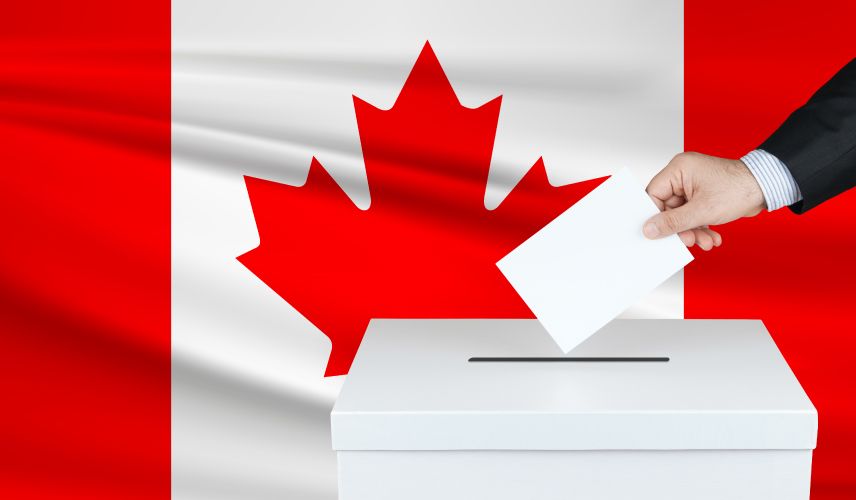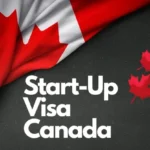
Anticipated Changes to Canada’s Express Entry System in 2025
Canada’s Express Entry system, a key immigration route for skilled workers, will undergo significant changes in 2025. The Government of Canada, through consultations with various stakeholders, has outlined plans to introduce new category-based draws, additional pathways for temporary residents, and updates to the Comprehensive Ranking System (CRS) to address emerging labor market needs and regional priorities.
These reforms aim to improve the process, better align immigration policies with Canada’s evolving economic demands, and create opportunities for applicants who can fill labor shortages in critical sectors.
Table of Contents
- Overview of Express Entry Changes for 2025
- Consultations and Stakeholder Input
- Focus on Critical Sectors and Labour Market Needs
- New CRS Trends: What to Expect in 2025
- Proposed New Categories: Education and More
- Support for Francophone Immigrants
- Addressing Technological and Environmental Sectors
- Possible Changes to LMIA Bonus Points
- Preparing for the 2025 Express Entry Transformation
- Conclusion
1. Overview of Express Entry Changes for 2025
Canada’s Express Entry system is expected to see some major structural changes starting in 2025. The aim of these changes is to make the system more responsive to the needs of Canada’s economy, which is shifting towards emerging industries like clean energy, healthcare, and technology. The introduction of category-based draws will allow the government to select candidates from specific sectors or regions that are facing the most critical labor shortages.
In addition, more focus will be given to retaining temporary residents who are already in Canada. By separating candidates into distinct categories based on their skills and work experience, the immigration system will become more flexible and efficient.
2. Consultations and Stakeholder Input
Between June 27 and July 28, 2024, Immigration, Refugees and Citizenship Canada (IRCC) conducted extensive consultations with employers, industry professionals, provincial and territorial governments, and the public. These discussions were pivotal in shaping the direction of the upcoming changes.
Key recommendations from these consultations include:
- Pathways for Temporary Residents: A call for more pathways for international students and temporary foreign workers who already reside in Canada. Their familiarity with Canadian culture and work experience make them prime candidates for permanent residency.
- Increasing Francophone Immigration: There was a significant push for increasing the number of Francophone immigrants outside of Quebec, particularly in regions that are facing labor shortages in bilingual roles.
- Targeting Emerging Sectors: Stakeholders emphasized the need for new immigration categories for sectors like clean energy, technology, and healthcare to attract workers with specialized skills to fill gaps in these growing industries.
3. Focus on Critical Sectors and Labour Market Needs
Starting in 2025, Express Entry draws will be more aligned with Canada’s strategic economic needs. Two new categories—Federal Economic Priorities and In-Canada Focus—will be implemented.
Federal Economic Priorities will target professionals in industries experiencing critical labor shortages. This category will focus on candidates in healthcare, skilled trades, STEM (Science, Technology, Engineering, and Mathematics) fields, and Francophone immigrants.
In-Canada Focus will prioritize individuals already in Canada, including temporary foreign workers and international students, providing them with more direct pathways to permanent residency. This stream is expected to have a much higher number of admissions, as these individuals already contribute to the Canadian economy.
4. New CRS Trends: What to Expect in 2025
The Comprehensive Ranking System (CRS), which determines who receives invitations to apply for permanent residency, will see some significant changes.
- Lower CRS scores for certain sectors: Applicants in priority sectors like healthcare and trades are expected to see lower CRS score thresholds for invitations. For example, healthcare workers and skilled trades professionals might see CRS scores drop to as low as 450, reflecting the urgent need in these fields.
- More frequent Canadian Experience Class (CEC) draws: Given the emphasis on temporary residents, CEC draws will likely become more frequent, with larger draw sizes expected, and CRS scores for these draws are anticipated to stay lower.
- Higher CRS scores for general applicants: Candidates without Canadian work experience or a provincial nomination may face higher CRS scores, possibly around 540, depending on the draw.
These adjustments make it clear that aligning one’s profile with Canada’s most in-demand sectors will improve chances of success in the Express Entry process.
5. Proposed New Categories: Education and More
A particularly exciting development for 2025 is the proposed introduction of an Education Sector category. Canada is facing a shortage of skilled educators, including:
- Teachers for elementary and secondary schools
- Early Childhood Educators (ECEs)
- Special education instructors
This new category would allow skilled educators to immigrate directly to Canada, filling gaps in the education system. Additionally, bilingual and French-speaking educators may receive additional points in this category, in line with Canada’s broader Francophone immigration goals.
6. Support for Francophone Immigrants
Canada remains committed to increasing the number of French-speaking immigrants, especially outside of Quebec. The IRCC has set a target to ensure that Francophones make up 7% of all immigration admissions outside of Quebec by 2025.
This commitment will see:
- Easier language requirements: The language proficiency threshold may be lowered for French-speaking applicants, making the immigration process more accessible.
- Increased support for bilingual workers: Bilingual candidates, especially in healthcare, customer service, and public administration, are in high demand, and the government aims to support their entry into the country.
7. Addressing Technological and Environmental Sectors
Canada’s focus on sustainability and technological innovation will also be reflected in the 2025 Express Entry changes. There will be a growing demand for professionals in sectors like:
- Clean technology and renewable energy: Engineers, scientists, and technicians working on green energy projects.
- Biotechnology and applied sciences: Experts in biomanufacturing, medical technology, and other fields critical to innovation.
- Natural resources: Skilled workers in mining and critical mineral extraction, which are vital for industries such as electric vehicle manufacturing.
These sectors will benefit from new category-based draws that prioritize candidates with expertise in these areas.
8. Possible Changes to LMIA Bonus Points
The Labour Market Impact Assessment (LMIA) system, which currently grants up to 50 CRS points for candidates with job offers validated by LMIAs, may undergo changes in 2025.
Minister Marc Miller has indicated that LMIA-related points may be eliminated to prevent misuse and to shift the focus back to the skills, qualifications, and experience of applicants. This change aims to ensure that candidates are selected based on their merits, rather than reliance on a job offer.
9. Preparing for the 2025 Express Entry Transformation
As Canada prepares for these major changes, applicants should focus on aligning their profiles with the country’s evolving needs.
- Enhance language proficiency: Both English and French language skills will be key, especially for candidates in sectors like healthcare and education.
- Gain Canadian work experience: Temporary residents with Canadian work experience will be well-positioned for success in the “In-Canada Focus” stream.
- Monitor emerging sectors: Applicants with expertise in technology, clean energy, and applied sciences should be prepared for new opportunities under the category-based draws.
10. Conclusion
The 2025 Express Entry reforms represent a bold shift in Canada’s immigration policies, designed to attract skilled workers in critical industries and address labor shortages across the country. These changes will make the Express Entry system more responsive to Canada’s economic priorities, ensuring that the immigration system is aligned with the country’s long-term growth strategies.
Applicants looking to immigrate to Canada in 2025 should begin preparing now by improving their CRS score, gaining relevant experience, and aligning themselves with Canada’s strategic priorities.
By doing so, they will be better equipped to succeed in the evolving immigration landscape.
For a free consultation about your work permit and student permit options, reach out to the CAD IMMIGRATION today!





